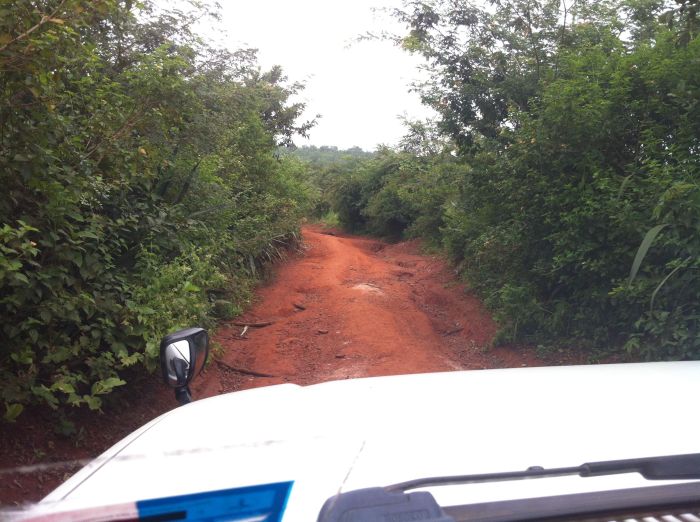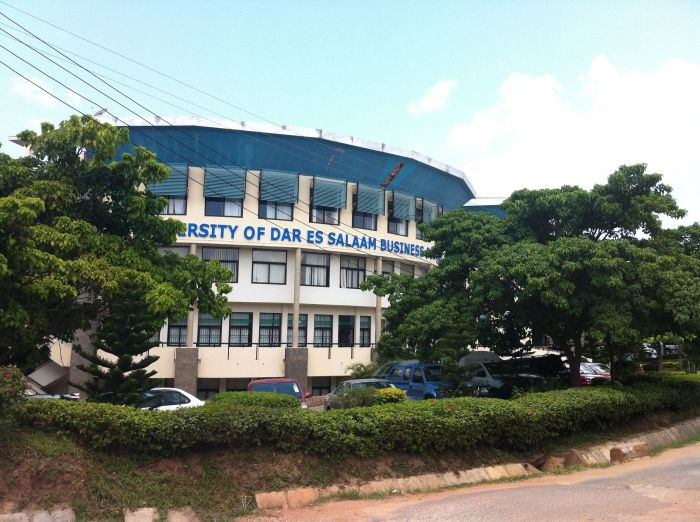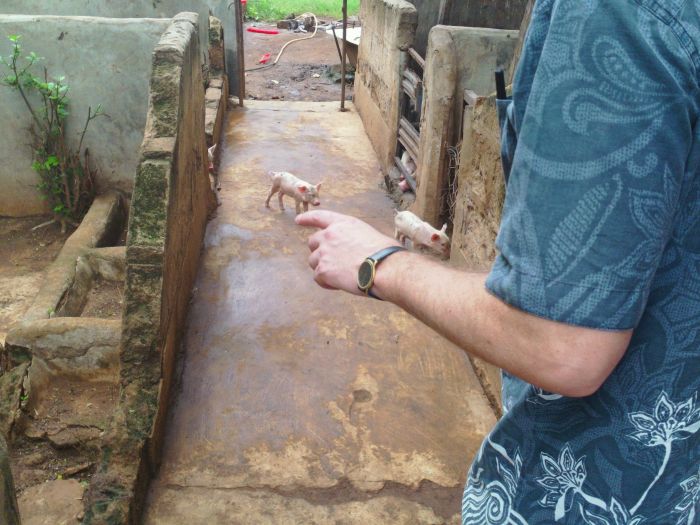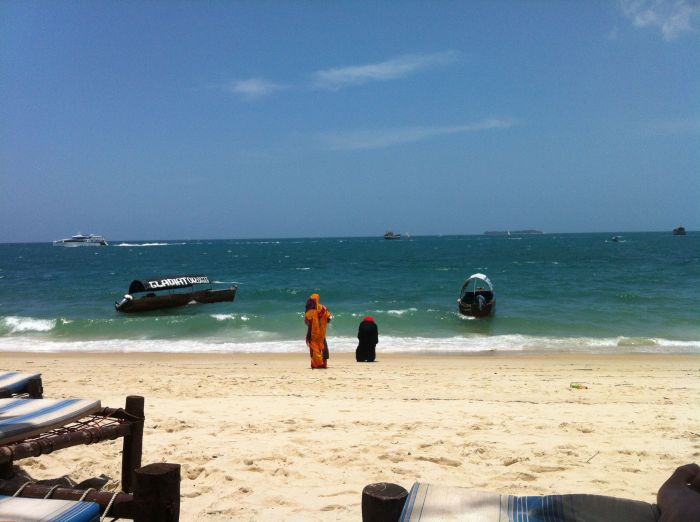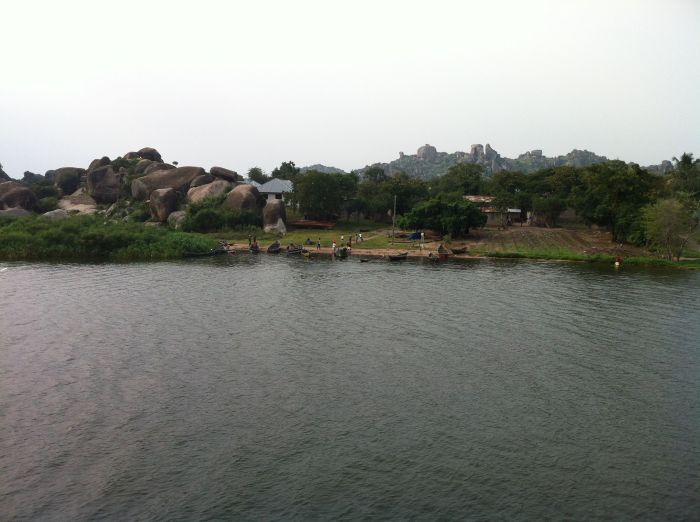(English follows)
Relaterat till min PhD har jag nu befunnit mig en tid i Tanzania. Kanske låter det lyxigt, men det har inneburit ett ganska hårt arbete och många långa och dryga resor på dåliga vägar. Så efter en tuff vecka, har jag tagit mig ut till Stone Town på Zanzibar, ett persiskt uttryck för “The black coast”. Lite kuriosa är att Freddie Mercury bodde här under sina första 12 år, innan hans familj fick fly pga revolutionen i Zanzibar, då över 20.000 indier och araber dödades. Ett stort folkmord i sig, men vid ett besök på platsen där den tidigare slavmarknaden i Zanzibar var blir man efter ett tag varskodd om en av världens troligen största mänskliga övergrepp.

Många är säkert välbekanta med den mycket omfattande slavhandel som gick från västra Afrika vidare till Brasilien till USA och tillbaka till Afrika (se bild nedan.
Till skillnad från den västra slavhandeln, där många människor dog men där det trots allt finns spår kvar, finns det få liknande spår kvar av de uppskattningsvis cirka 12 miljoner människor som förts bort österut från centrala och östra afrika via Zanzibar (se bild nedan).

Den exakta siffran tvistas det om – mellan 8 miljoner och 25 miljoner människor. Men under cirka 200 års tid berättas det för oss på plats så fördes årligen 60.000 människor via östra Afrika vidare ut till Saudiarabien och mellanöstern. Den lokala Sultanen var i högsta grad involverad i detta. Handeln började på 600-talet och räknar man från den tiden är siffran högre. Lägg därtill den effekt på framtida generationer som ett sådant bortfall innebär. Många av dessa slaver (män, kvinnor och barn) dog. Det betyder att detta kan vara en av historiens största folkmord. Inom det engelska riket avskaffades slavhandel 1833 formellt, mycket tack vare William Wilberforce enträgna arbete i det engelska parlamentet (se filmen Amazing Grace). Men handeln fortsatte i Zanzibar och dess Sultan var inte intresserad av att avsluta detta. Att slavhandeln i Zanzibar avskaffades kan till viss del tillskrivas Dr. David Livingstones krav på detta i det engelska parlamentet 1857, som “några år” senare följdes av att Sultanen av Zanzibar avskaffade detta totalt 1873 efter starka engelska påtryckningar. Zanzibar blev 1890 ett brittiskt protektorat och senare sammanslaget med det som idag heter Tanzania, men man är fortsatt till viss del självstyrande.Detta är så pass nyligen att många av de sköldpaddor som lever i vattnen utanför Zanzibar och som kan bli över 200 år gamla, levde vid den här tidpunkten.
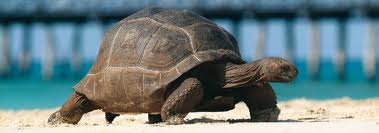
På den plats där man tidigare hade en slavmarknad finns idag en stor katedral och den plats som användes för att piska slavarna består av ett altare. I marken finns dock den sk slavpålen markerad. Slavpålen var i själva verket ett stort träd. De slavar som piskades och inte grät, ansågs vara starka och såldes till ett högt pris, medan de som grät såldes till ett lägre pris. Kvinnor och barn gavs som bonus till de som köpte många slavar. Kvinnorna separerades från sina män, och barnen från deras mödrar.Utanför finns ett monument gjort av den svenska konstnären Clara Sörnäs.

Kvar finns två stycken slavkammare– en för män och en för kvinnor och barn. Tidigare fanns 15 stycken sådana kamrar. I dessa kamrar förvarades slavarna i två dagar innan man hade en auktion.
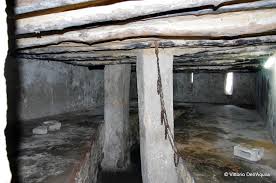
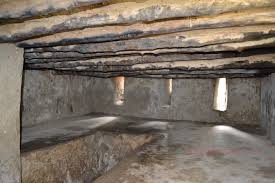
Många dog under denna tid. Kamrarna låg nära vattnet och när det var högvatten kom vattnet in i kammaren och förde då med sig bort avfall (man gjorde sina behov i mitten av kamrarna), men samtidigt dog många i den förfärliga miljön. Stora befolkningsgrupper är med andra ord helt utplånade och detta märks fortsatt än idag i Tanzania och flera andra afrikanska länder. Övergreppet är så stort så att idag, cirka 150 år efter det att slavhandeln formellt avskaffades är följderna fortsatt märkbara. Idag fortsätter slavhandeln under andra former, och det är inte bara i andra länder, såsom arabländerna, utan även i Sverige har vi slavarbete inom t.ex. bärplockningen. Årligen görs en rapport av US Department of State kring Human Trafficking. I den rapporten rankas länder kring om man följer internationella konventioner eller visar steg på att göra det. Bland de 19 länder som inte följer dessa konventioner eller gör tillräckligt för att göra det finner vi länder som t.ex. Eritrea, Congo (DRC), Iran, Nordkorea, Kuwait, Ryssland och Saudi Arabien.
En fråga man ställer sig: Hur och när ska den här skulden regleras?
In English
During my studies I have spent some time in Tanzania. This could be seen as luxurious, but it is quite hard work and many long trips on rough roads. So after a tough week , I am spending a couple of days in Stone Town on Zanzibar. This is where Freddie Mercury lived during his first 12 years, before his family had to flee because of the revolution in Zanzibar, where over 20,000 Indians and Arabs were killed. A genocide in itself, but Zanzibar is known to have been the site of one of the largest slave markets in the world and during a visit to the site of the former slave market in Zanzibar, one become aware of one of the world ‘s worst human abuse.
(see photo above)
Many in Sweden and West are probably familiar with the massive slave trade between West Africa, Brazil, the US and back to Africa.
(see image above)
But unlike the Western slave trade, where some people today can trace their family’s history back to the slave trade, there are few similar traces remaining of the estimated 12 million people who were brutally “removed” from central and eastern Africa via Zanzibar. For 200 years, there were, I am told here, annually 60,000 people abducted via Zanzibar to Saudi Arabia and the Middle East.
(see image above)
Trading began in the 7th century and counting from this time the figure is higher. Unlike the slave trade that took place from West Africa there are few traces or relatives of these populations today. Many of these slaves (men , women and children) hence died. It means that this may be one of the largest forms of genocide, especially when including the westward trade. Within the British Empire, slavery was formally abolished in 1833, to a great degree thanks to William Wilberforce persistent work in the English Parliament ( see the movie Amazing Grace). But the trade continued in Zanzibar and the Sultan was not interested to put an end to this. The final end to slave trade in Zanzibar can however be partially attributed to Dr . David Livingstone’s requirements on this in the English Parliament in 1857. After “a few years”, after strong pressure from the British, the Sultan of Zanzibar later stopped this practice and was richly compensated for this. This is so recent that many of the turtles that live in the waters around the coast of Zanzibar and can be over 200 years old , lived at this time.
(see image above)
At the place where there previously was a slave market there is currently a great cathedral and the place that was used to whip the slaves is replaced with an altar. In the ground , there is a mark where the slave pole was. The slave pool was in fact a large tree. The slaves were whipped and those who did not cry were considered to be strong and therefore sold at a high price , while those who wept were sold at a lower price. Women and children were given as a bonus to those who bought many slaves. The women were separated from their men, and children from their mothers. Just outside is a monument made by Swedish artist Clara Sörnäs.
(see photo above)
Two slave chambers of an original 15 still remain – one for men and one for women and children. In these chambers slaves were kept for two days before an auction was held. Many died during this time. The chambers were close to the water and when there was high tide the water came into the chamber and then “cleaned” the chambers which had the toilet as the floor in the middle.
Large populations are in other words completely wiped out. Still today, some 150 years after the slave trade was formally abolished, the effects can be seen .
Today, the slave trade continues in new forms, and it is not only in other countries, including Arab countries, but also Sweden is effect, such as in the areas of berry picking. Every year, a report is issued by the U.S. Department of State, on Human Trafficking. The report ranks other nations to what degree they follow international conventions or show step to do so. Among the 19 countries that do not follow these conventions or doing enough we find countries such as Eritrea, Congo (DRC), Iran, North Korea, Kuwait, Russia and Saudi Arabia.
One question one need to ask: How and when should this debt with Africa be settled?
